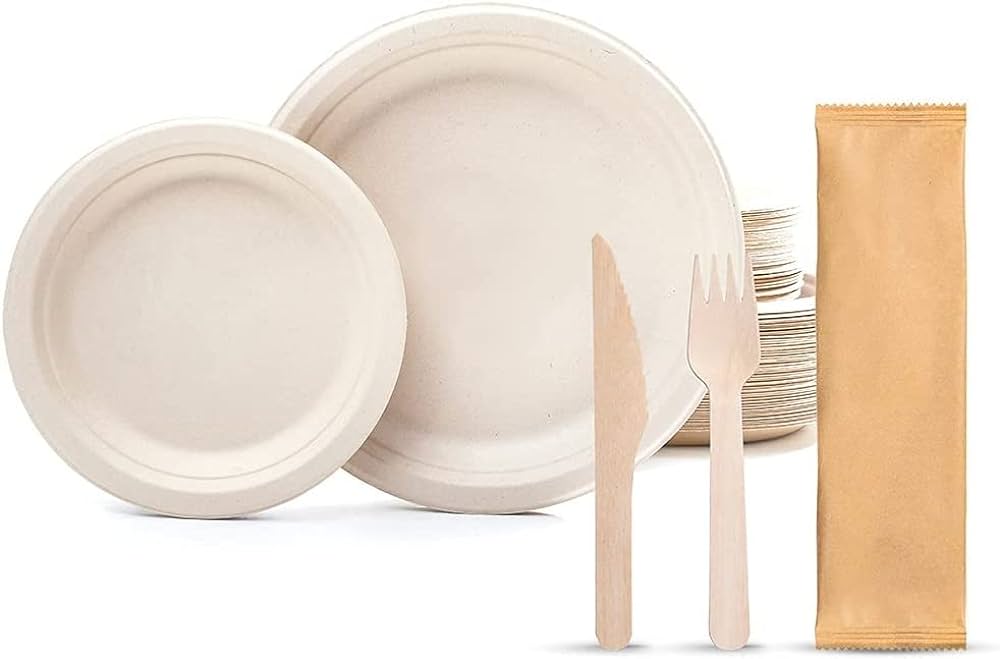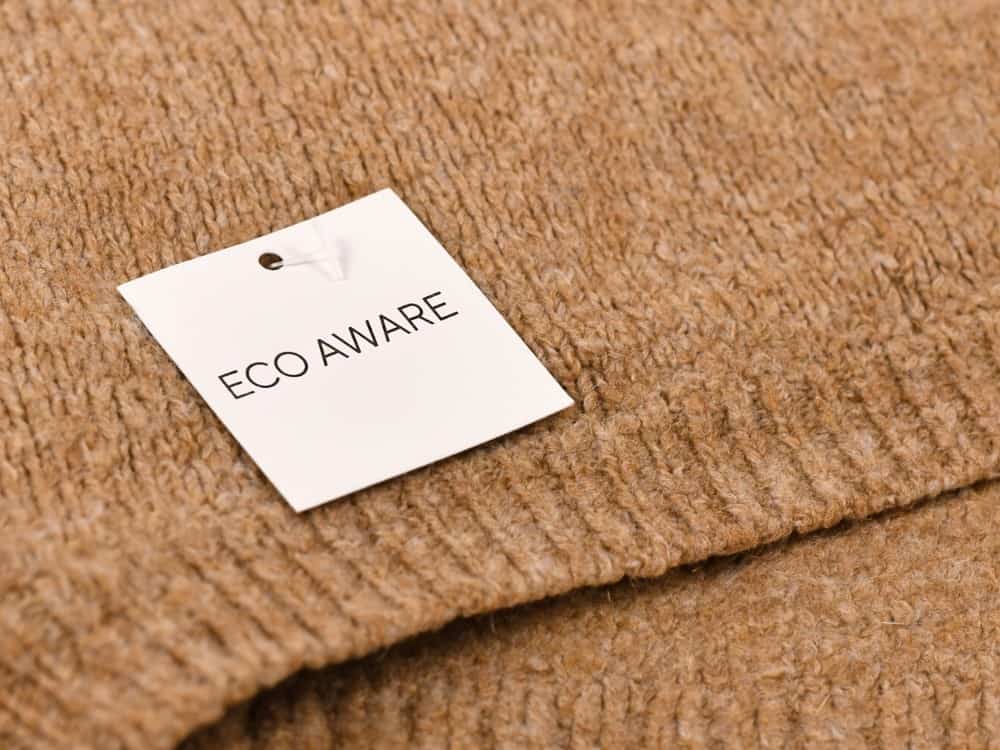
Welcome to 'Transform Your Living: 8 Keys to an Eco-Friendly Home.'
In this article, we will explore practical ways to create a sustainable living space that not only benefits the environment but also enhances your quality of life.
Discover how energy-efficient appliances, solar panels, insulation, LED lights, green roofing, composting, rainwater harvesting, and sustainable materials can revolutionize your home.
Join us on this journey towards a greener and more sustainable future, where freedom and sustainability go hand in hand.
Energy-Efficient Appliances
Energy-efficient appliances are essential for creating an eco-friendly home. When it comes to reducing energy consumption and minimizing environmental impact, two key appliances stand out: energy efficient refrigerators and smart thermostats.
Energy efficient refrigerators are designed to use less electricity while still providing optimal cooling performance. These appliances are insulated with advanced materials and equipped with energy-saving features such as LED lighting and temperature control settings. By replacing an older model with an energy efficient refrigerator, homeowners can significantly reduce their energy consumption and lower their carbon footprint.
On the other hand, smart thermostats offer a practical solution for optimizing energy usage in heating and cooling systems. These devices can be programmed to automatically adjust temperature settings based on occupancy patterns and can even be controlled remotely through mobile apps.

Solar Panels
A significant step towards creating an eco-friendly home is installing solar panels, harnessing renewable energy from the sun. Solar panels are a practical and sustainable solution for reducing reliance on traditional energy sources.
Here are four key points to consider when it comes to solar panel maintenance and efficiency:
- Regular Cleaning: Keep your solar panels clean to maximize their efficiency. Remove any debris or dirt that may accumulate on the surface.
- Inspections: Schedule regular inspections to ensure that your solar panels are functioning optimally. This will help identify any issues or damage that may affect their efficiency.
- Monitoring: Use monitoring systems to track the performance of your solar panels. This will allow you to identify any drops in efficiency and take appropriate action.
- Professional Maintenance: Consider hiring professionals for maintenance and repairs. They have the expertise to handle any complex issues and ensure your solar panels are operating efficiently.
Insulation
Proper insulation plays a crucial role in creating an eco-friendly home. By implementing energy-saving insulation techniques and using sustainable materials, homeowners can significantly reduce their energy consumption and carbon footprint.
In this discussion, we will explore effective insulation methods and environmentally-friendly materials that can help transform your living space into an energy-efficient haven.
Energy-Saving Insulation Techniques
The implementation of high-quality insulation is essential for creating an eco-friendly home. By properly insulating your house, you can significantly reduce energy consumption and, consequently, your carbon footprint.
Here are four energy-saving insulation techniques to help you make your home more sustainable:
- Install sustainable window treatments: Opt for window coverings made from eco-friendly materials, such as bamboo or organic cotton. These treatments can help regulate the indoor temperature and reduce the need for heating or cooling.
- Invest in thermal curtains: Thermal curtains are designed with insulating properties to minimize heat transfer through windows. They can keep your home warm during winter and cool during summer, reducing the need for excessive energy usage.
- Seal air leaks: Identify and seal any gaps or cracks in your walls, windows, and doors to prevent air leakage. This will help maintain a consistent indoor temperature and reduce the strain on your heating and cooling systems.
- Insulate your attic and walls: Adding insulation to your attic and walls can significantly improve energy efficiency. Choose insulation materials with a high R-value to maximize thermal resistance and minimize heat loss.
Sustainable Insulation Materials
To achieve optimal energy efficiency in your home, it is crucial to explore sustainable insulation materials. When it comes to sustainable building materials and eco-friendly construction, insulation plays a significant role in reducing energy consumption and minimizing environmental impact.

Traditional insulation materials, such as fiberglass and foam, may contain harmful chemicals and have a negative impact on the environment. However, there are eco-friendly alternatives available. One option is cellulose insulation, which is made from recycled paper and treated with non-toxic additives.
Another sustainable choice is sheep's wool insulation, which is renewable, biodegradable, and naturally fire-resistant. Additionally, recycled denim insulation, made from old jeans, is an eco-friendly option that provides excellent thermal performance.
LED Lights
LED lights play a crucial role in creating an eco-friendly home. With the advancements in LED lighting technology, energy efficient lighting has become more accessible and affordable than ever before. Here are 4 reasons why LED lights should be a top choice for your home:
- Energy Efficiency: LED lights use significantly less energy compared to traditional incandescent bulbs, helping you reduce your energy consumption and lower your electricity bills.
- Long Lifespan: LED lights have a much longer lifespan than other types of bulbs, lasting up to 25 times longer. This means fewer replacements and less waste.
- Eco-Friendly Materials: LED lights are made with non-toxic materials and do not contain harmful substances like mercury, making them safe for both your health and the environment.
- Versatility: LED lights come in various shapes, sizes, and colors, allowing you to customize your lighting to suit your needs and preferences.
Green Roofing
Green roofing is an excellent way to make your home more eco-friendly. Not only does it provide numerous benefits such as improved insulation, reduced energy costs, and increased biodiversity, but it also adds aesthetic appeal to your property.
The installation process and costs may vary depending on your location and the size of your roof, so it's essential to do thorough research and consult with professionals before making a decision.
Additionally, green roofs have a significant positive environmental impact, as they help reduce stormwater runoff, mitigate the urban heat island effect, and improve air quality.
Benefits of Green Roofs
Green roofs offer numerous advantages for homeowners seeking to create an environmentally sustainable and energy-efficient living space. Here are four key benefits of green roofs:

- Installation benefits:
Green roofs provide an extra layer of insulation, helping to regulate indoor temperatures and reduce the need for artificial heating and cooling. This can lead to significant energy savings and lower utility bills.
- Cost effectiveness:
While the initial installation costs of green roofs may be higher than traditional roofing materials, they can provide long-term cost savings. Green roofs have a longer lifespan and require less maintenance, which can offset the initial investment over time.
- Environmental benefits:
Green roofs help to reduce stormwater runoff by absorbing rainwater, which in turn reduces the strain on local drainage systems. They also act as a natural air filter, capturing pollutants and improving air quality.
- Aesthetically pleasing:
Green roofs can transform a dull rooftop into a vibrant and beautiful space. They provide an opportunity to create rooftop gardens, outdoor living areas, or even urban farming spaces, enhancing the overall appeal of your home.
Installation Process and Costs
The process of implementing green roofing involves the installation of vegetation and associated components on the roof surface. This installation process typically starts with the evaluation of the existing roof structure to ensure it can support the additional weight.
Next, a waterproofing membrane is installed to protect the roof from water damage. Then, a layer of root barrier is added to prevent plant roots from penetrating the roof. Following this, a drainage layer is applied to allow excess water to flow away from the roof. Finally, a growing medium is added, along with the chosen vegetation.
As for the cost analysis, installing a green roof can be more expensive upfront compared to traditional roofing materials. However, in the long run, green roofs can help reduce energy costs and increase the lifespan of the roof, resulting in potential cost savings over time.
Environmental Impact of Green Roofs
The implementation of green roofs has a significant environmental impact on urban landscapes. Here are four key environmental benefits of green roofs:
- Mitigating the Urban Heat Island Effect: Green roofs help to combat the urban heat island effect by reducing the heat absorbed and radiated by buildings and pavement. The vegetation and soil on green roofs act as natural insulators, keeping buildings cooler and reducing the need for air conditioning.
- Improving Air Quality: Green roofs act as natural air filters by absorbing pollutants and particulate matter from the air. The plants on green roofs also release oxygen and help to reduce carbon dioxide levels, contributing to cleaner and healthier air in urban areas.
- Enhancing Biodiversity: Green roofs provide valuable habitat for birds, insects, and other wildlife that may be displaced by urban development. By creating green spaces in the city, green roofs help to support and promote biodiversity.
- Managing Stormwater: Green roofs absorb and retain rainwater, reducing the amount of runoff that enters storm drains and overwhelms sewage systems. This helps to prevent flooding and pollution of waterways.
Composting
Composting is an essential practice for creating a sustainable and environmentally-friendly home. Not only does it benefit the environment by reducing waste and greenhouse gas emissions, but it also provides nutrient-rich soil for gardening.
There are several composting methods that you can choose from, depending on your space and preferences. One popular method is backyard composting, where you collect organic waste such as fruit and vegetable scraps, coffee grounds, and yard trimmings in a compost bin or pile.
Another option is vermicomposting, which involves using worms to break down organic matter. This method is great for small spaces or indoor composting.

Whichever method you choose, remember to balance the carbon-rich brown materials like leaves and wood chips with nitrogen-rich green materials like food scraps and grass clippings. Regularly turning the compost pile will help speed up decomposition and ensure a healthy composting process.
Rainwater Harvesting
Rainwater harvesting is another important practice to consider when creating an eco-friendly home, building upon the sustainable practices discussed earlier. By collecting and storing rainwater, homeowners can reduce their reliance on municipal water supplies and contribute to water conservation efforts.
Here are four key benefits of rainwater harvesting:
- Water conservation: Harvesting rainwater helps reduce water consumption, especially in regions prone to droughts or water scarcity.
- Sustainable gardening: Collected rainwater can be used for watering plants, promoting urban gardening, and reducing the need for treated water.
- Cost savings: By using rainwater for non-potable purposes such as gardening or laundry, homeowners can reduce their water bills and save money in the long run.
- Rainwater filtration: Before use, rainwater should undergo filtration to remove debris and potential contaminants. This process ensures the water is safe for various applications.
Incorporating rainwater harvesting into your eco-friendly home not only promotes water conservation but also supports sustainable practices like urban gardening.
Sustainable Materials
Using sustainable materials is essential for creating an eco-friendly home that promotes environmental responsibility and reduces carbon footprint. When it comes to flooring, there are numerous sustainable options available.
Bamboo is a popular choice as it grows quickly and is highly renewable.
Cork is another sustainable flooring material, harvested from the bark of cork oak trees without harming them.

Recycled wood and reclaimed hardwood are also eco-friendly options, reducing the demand for new timber.
Additionally, eco-friendly paint is an important consideration for an environmentally responsible home. Traditional paints often contain harmful chemicals that can release volatile organic compounds (VOCs) into the air.
Opting for low VOC or zero VOC paint not only helps to reduce indoor air pollution but also promotes a healthier living environment.
Frequently Asked Questions
How Much Money Can I Save by Using Energy-Efficient Appliances in My Home?
By using energy-efficient appliances in your home, you can save a significant amount of money on your energy bills. These appliances consume less energy, resulting in lower energy costs and long-term cost savings.
Are There Any Government Incentives or Rebates Available for Installing Solar Panels?
There are various government incentives and rebates available for installing solar panels. These incentives aim to promote renewable energy adoption and can significantly reduce the upfront costs of installing solar panels, making them more accessible and affordable for homeowners.
What Types of Insulation Are the Most Environmentally Friendly?
Eco-friendly insulation options are crucial for minimizing energy consumption and reducing environmental impact. The best insulation for the environment includes materials like recycled cellulose, sheep's wool, and natural cotton, which offer both thermal efficiency and sustainability.
How Long Do LED Lights Typically Last Compared to Traditional Incandescent Bulbs?
LED lights typically last much longer than traditional incandescent bulbs, with an average lifespan of 25,000 to 50,000 hours compared to 1,000 hours for incandescent bulbs. This makes LED lights a highly energy-efficient lighting option.

What Are the Main Benefits of Using Sustainable Materials in Home Construction and Renovation Projects?
Using sustainable materials in home construction and renovation projects offers a range of benefits. These include reduced environmental impact, improved indoor air quality, energy savings, and long-term cost savings.
 Business & FinanceHealth & MedicineTechnologyLifestyle & CultureScience & EnvironmentWorld NewsPrivacy PolicyTerms And Conditions
Business & FinanceHealth & MedicineTechnologyLifestyle & CultureScience & EnvironmentWorld NewsPrivacy PolicyTerms And Conditions
